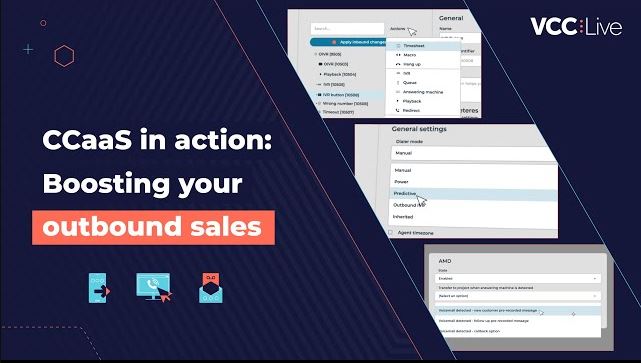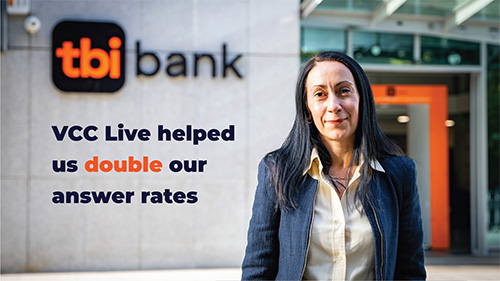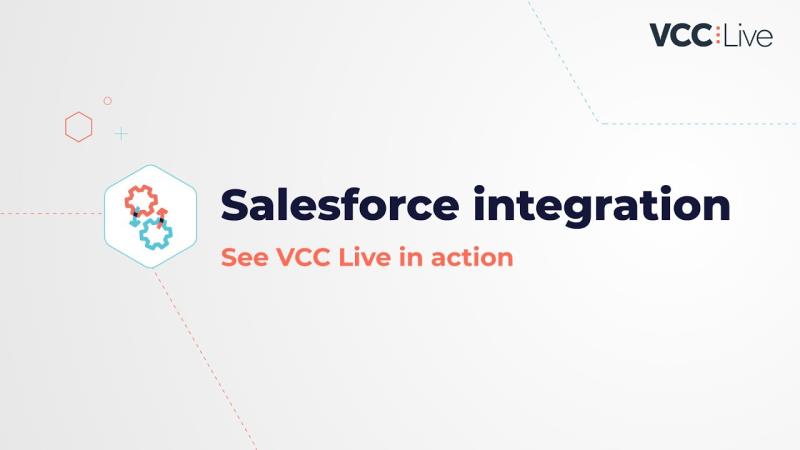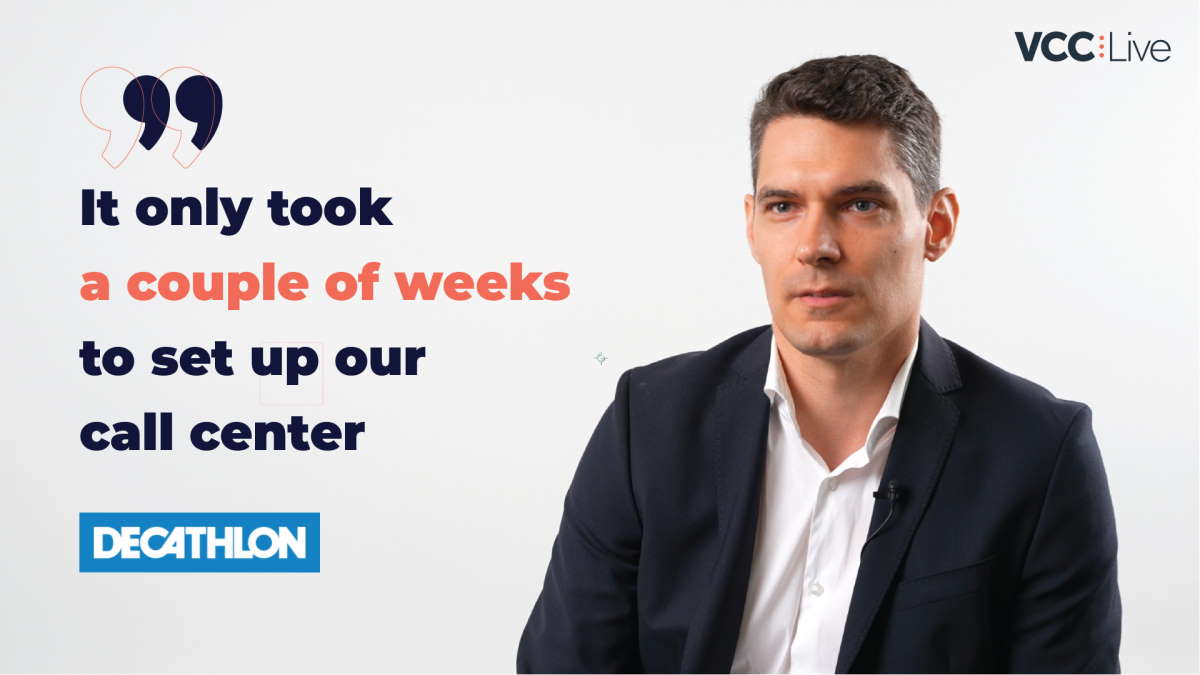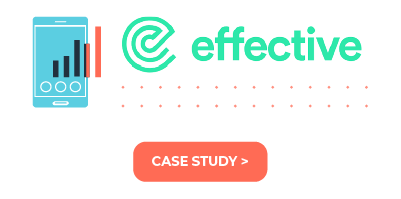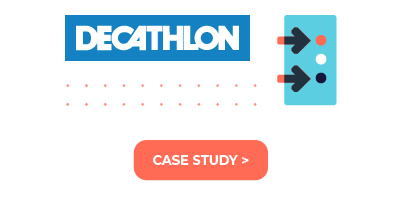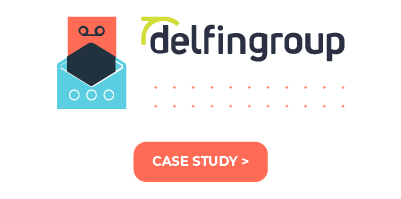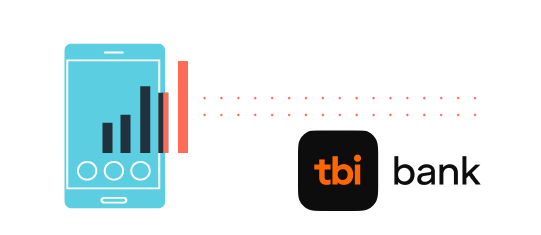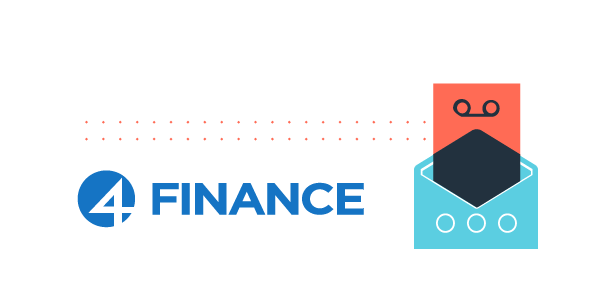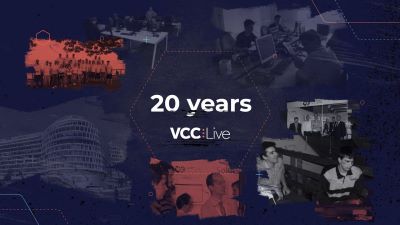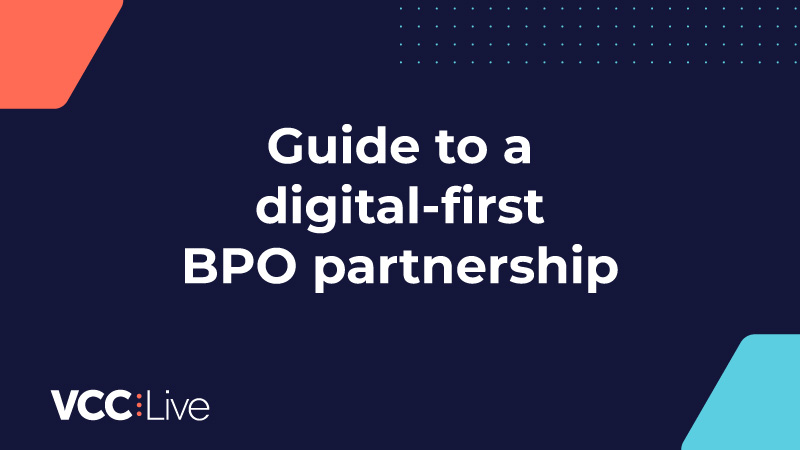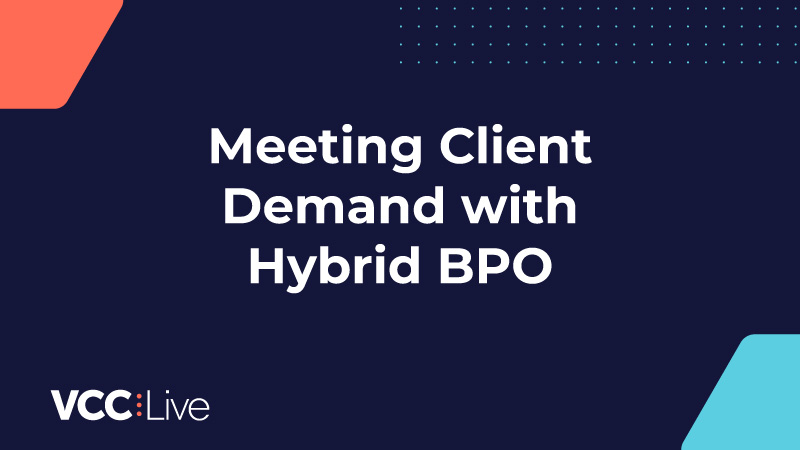In the past few years, digital BPO services have completely overtaken traditional outsourcing. Clients now choose providers based on results and digital capability, not headcount or hourly output.
BPOs that don’t adapt their operations, tools, or service delivery to a digital-first model are falling behind fast.
But going digital doesn’t have to mean building your own software or launching an AI lab. It means using the right tools and processes to work smarter, deliver faster, and stay relevant in a market that rewards agility.
Digital > traditional outsourcing
A few years ago, the balance between traditional and digital outsourcing flipped. Research from McKinsey showed that digital services grew from 28% to 72% of total BPO contract value between 2016 and 2020. That’s one of the sharpest shifts the industry has seen in decades.
This growth covers everything from cloud-based platforms and automation to social media support and data-driven reporting. Clients want faster, more flexible, more visible operations that can scale when needed.
What this means for smaller BPOs
Many mid-sized or regional BPOs can’t match the technology portfolios of global leaders. But they don’t have to: the smartest providers use ready-made digital tools to deliver enterprise-level results.
A good example is omnichannel contact center software, which lets BPOs handle voice, chat, email, and social media in one system. Many of these platforms can be white-labeled, so clients experience a consistent brand while providers gain modern functionality without the overhead.
Digitization doesn’t have to be expensive. What matters is adopting the right tools, building efficient workflows, and training teams to use data and automation effectively.
Digital is more than tools
Industry leaders show what a fully digital mindset looks like. Teleperformance, one of the largest global BPOs, built digital into every part of its operations. Its Cloud Campus connects remote agents across markets — now 71% of its workforce — allowing the company to recruit globally while maintaining visibility and performance standards everywhere.
That model gives both clients and employees more flexibility and better service continuity.
SYKES + Huawei: a practical example
When SYKES began working with Huawei, the project started as simple email-based support. Over time, SYKES expanded the partnership with workflow automation, a ticketing system, and social media integration.
By linking its contact center platform directly to Huawei’s Facebook page, agents could manage comments, resolve issues faster, and track everything in one place. The setup improved response speed, visibility, and overall customer experience, without a major technology overhaul.
Why digital maturity matters in 2025
The global BPO market is expected to reach $525 billion by 2030, but growth isn’t evenly distributed. Providers with digital infrastructure, automation, and real-time reporting win larger, longer contracts. Those still relying on manual systems and disconnected tools lose ground quickly.
Digital maturity has become a competitive requirement. It drives agility, transparency, and scalability which clients now expect as standard.
Are you keeping up with the digital BPO requirements?
BPOs that build digital capabilities into their operations from day one will stay relevant and trusted. Those that don’t will struggle to compete.
If you’re a BPO, start by reviewing your current tech stack. See where automation, integration, or better reporting could save time or improve service quality.
For enterprises looking for a BPO partner, thinking digital-first is not an extra anymore: it’s the baseline.
